Best hiking GPS 2025: stay on track wherever you're headed
The best hiking GPS will show you the way no matter where you walk or how bad the weather


The best hiking GPS units will prevent a minor navigational slip from snowballing into potentially dangerous territory. They are available in a wide range of abilities, price points and sizes, from cheap and cheerful basic units for occasional use to professional-grade mapping tools that’ll locate you in seconds anywhere on the planet.
Having a hiking GPS at hand when trying to navigate your way in the wilderness can prevent numerous nightmare scenarios. Locating precisely where you are and which direction you need to head in to get to your destination is not always as simple as it sounds, especially in poor conditions, whether you’re out for a Sunday stroll or taking on a winter hill-walking challenge.
This guide focuses on handheld units, but many of today's best outdoor watches and best smartwatches in general also include GPS capabilities, so you'll also find a few wrist-based options in there too. It'll come as no surprise that the brand that dominates is Garmin, a market leader that also crops up repeatedly in our best sat nav and best golf GPS watch rankings.
Our top choice for the best hiking GPS currently is Garmin's inReach Mini 2. It's capable, accurate and compact; not to mention, the companion app is pretty good, too. Garmin's GPSMAP 65s outdoor GPS is better for mapping, though! If you need something a bit cheaper, check out the Garmin eTrex 10.
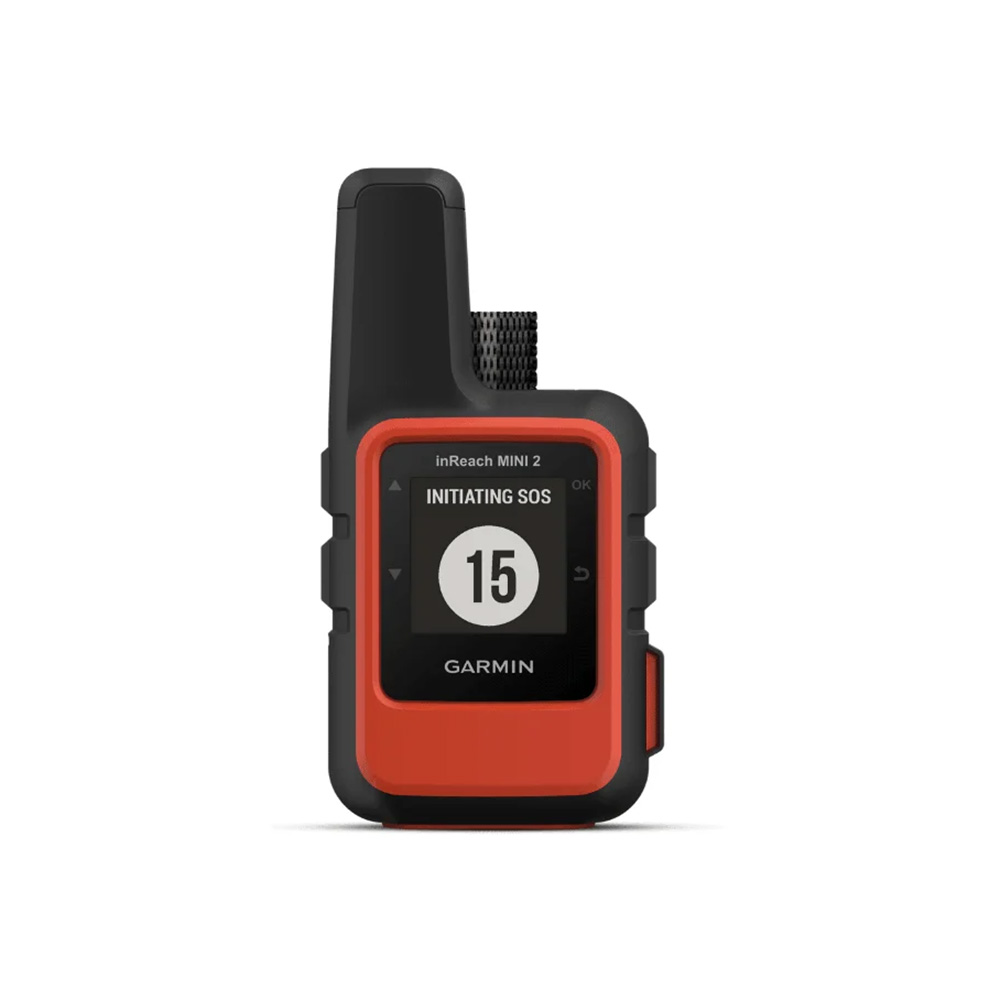
The Garmin inReach Mini 2 is a robust, portable GPS device ideal for remote hiking. It offers improved navigation, reliable satellite communication, and a user-friendly app, though messaging can be slow and the small battery requires careful management during extended treks.
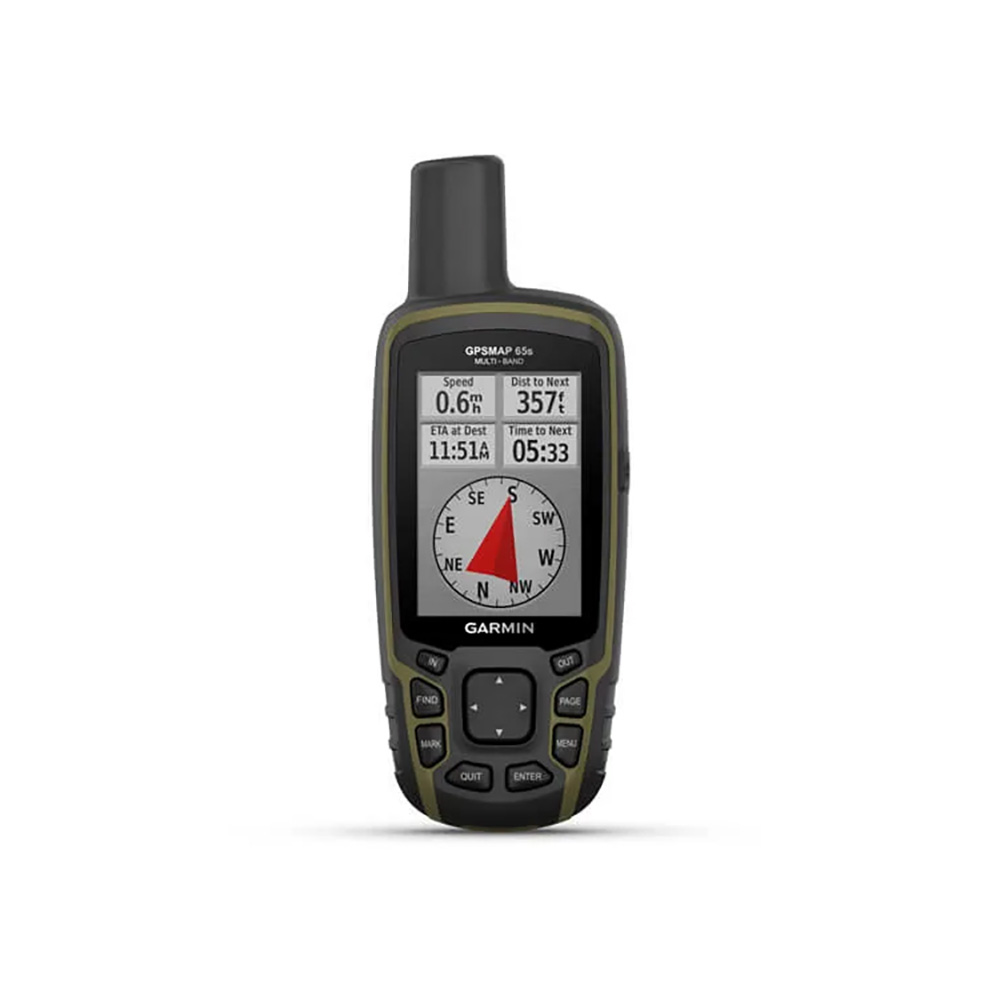
The Garmin GPSMAP 65s is a powerful outdoor GPS device offering highly accurate and fast positioning with excellent mapping capabilities. It’s user-friendly and durable, though it lacks satellite communication features. Overall, it's a top choice for dedicated outdoor enthusiasts.
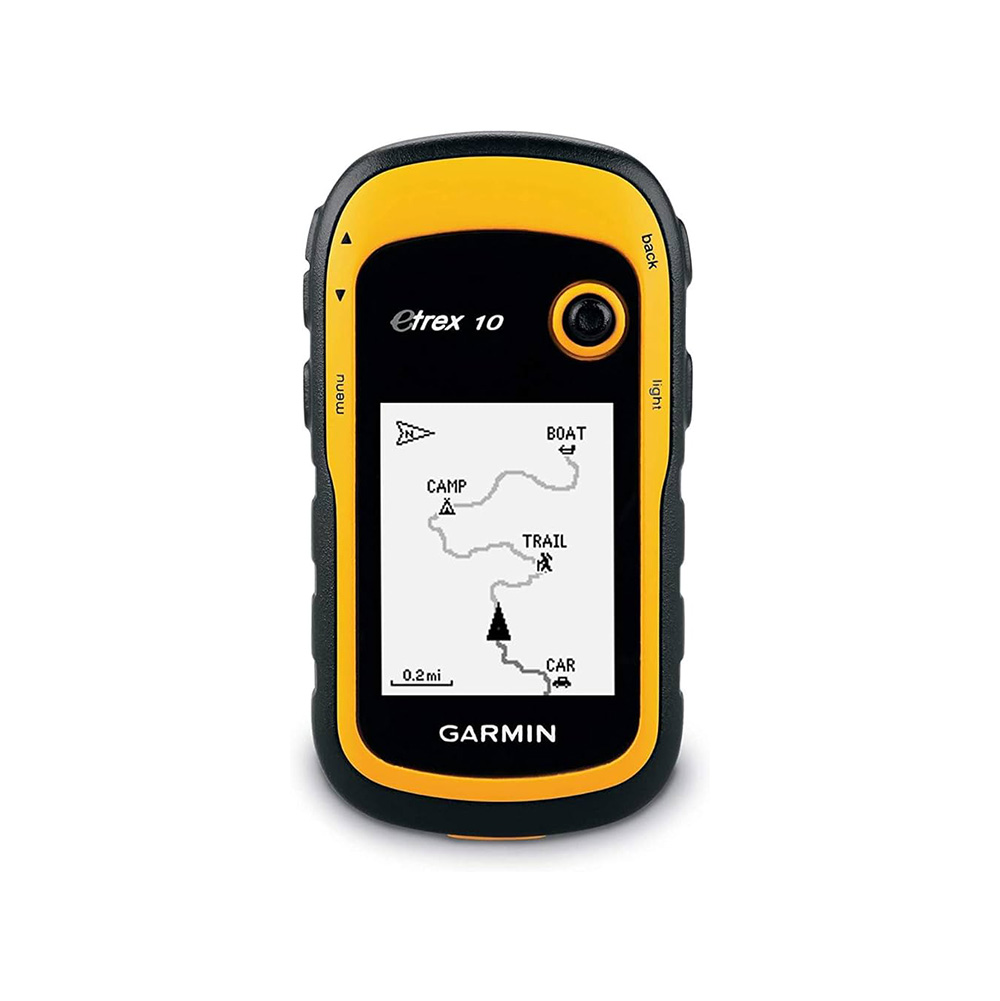
The Garmin eTrex 10 is a compact, entry-level GPS with excellent battery life and fast satellite acquisition. It’s reliable for basic navigation and geocaching, but its limited mapping and small storage capacity make it less suitable for more demanding outdoor adventures.
Best hiking GPS to buy right now
Best overall
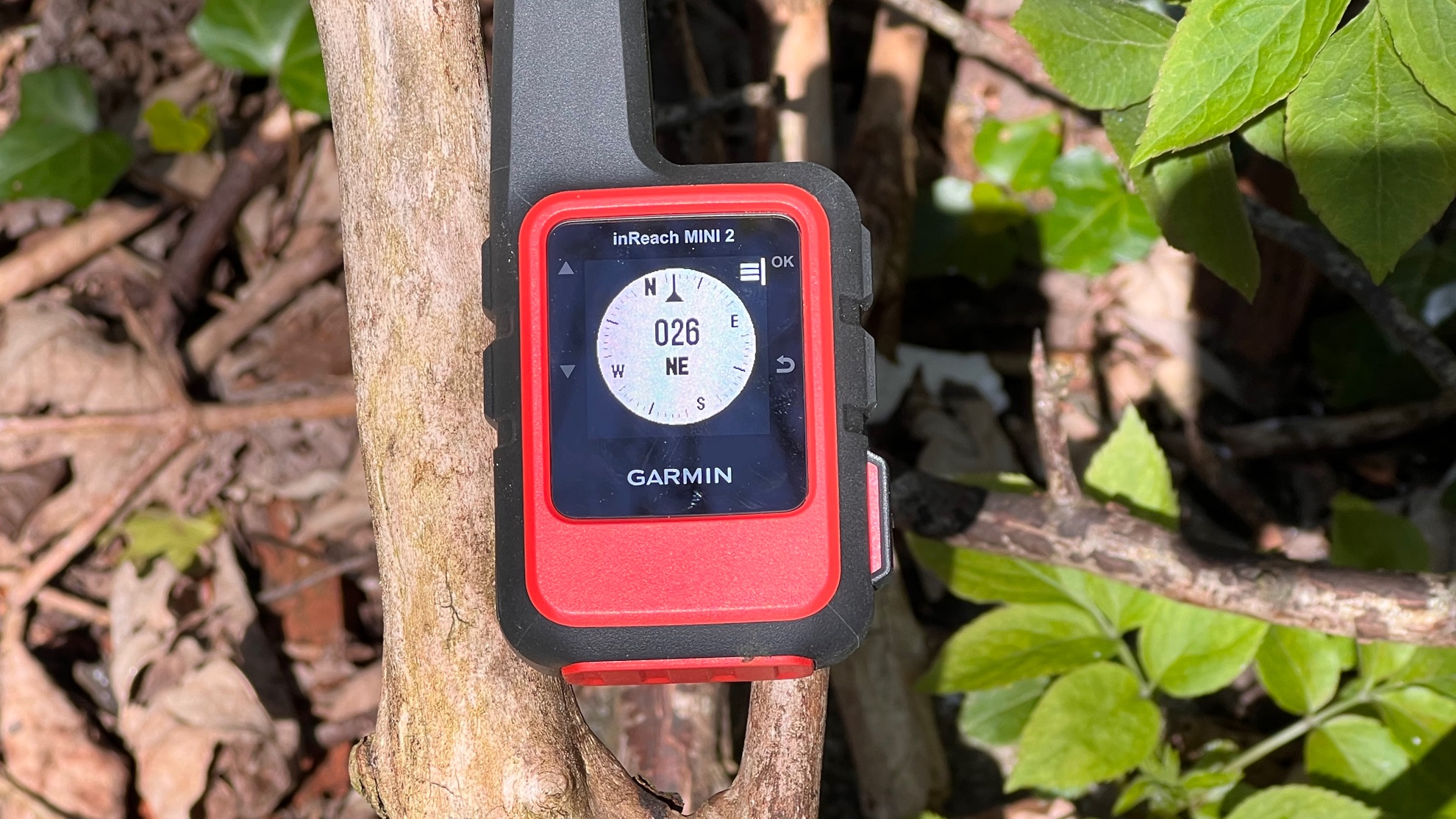

Specifications
Reasons to buy
Reasons to avoid
We think the best hiking GPS in terms of outright capability is the Garmin inReach Mini 2. This unit offers mapping features and plenty more besides. It offers everything that the original model did, but faster and with more accuracy, thanks to multiple satellite service support and faster location fixes. Garmin has also added a new digital compass, and the display has been improved too.
You can store up to 500 waypoints, favourites or locations and up to 20 navigation routes; the (excellent) iOS or Android companion app makes it easy to set and sync points and routes. The build quality is compact and tough, and the rechargeable battery will get you up to 30 days of battery life.
Read our full Garmin inReach Mini 2 hiking GPS review.
Best for mapping
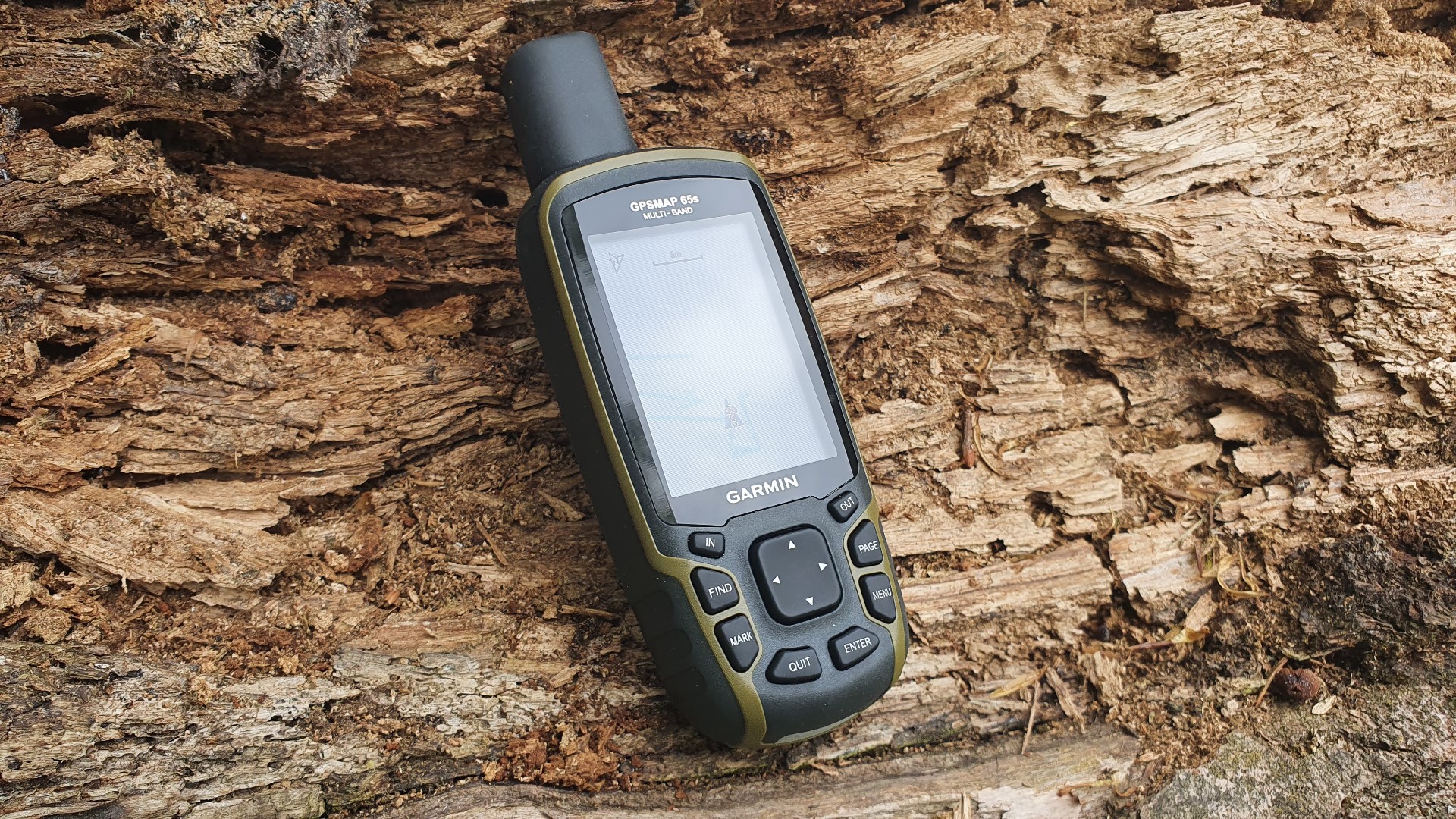
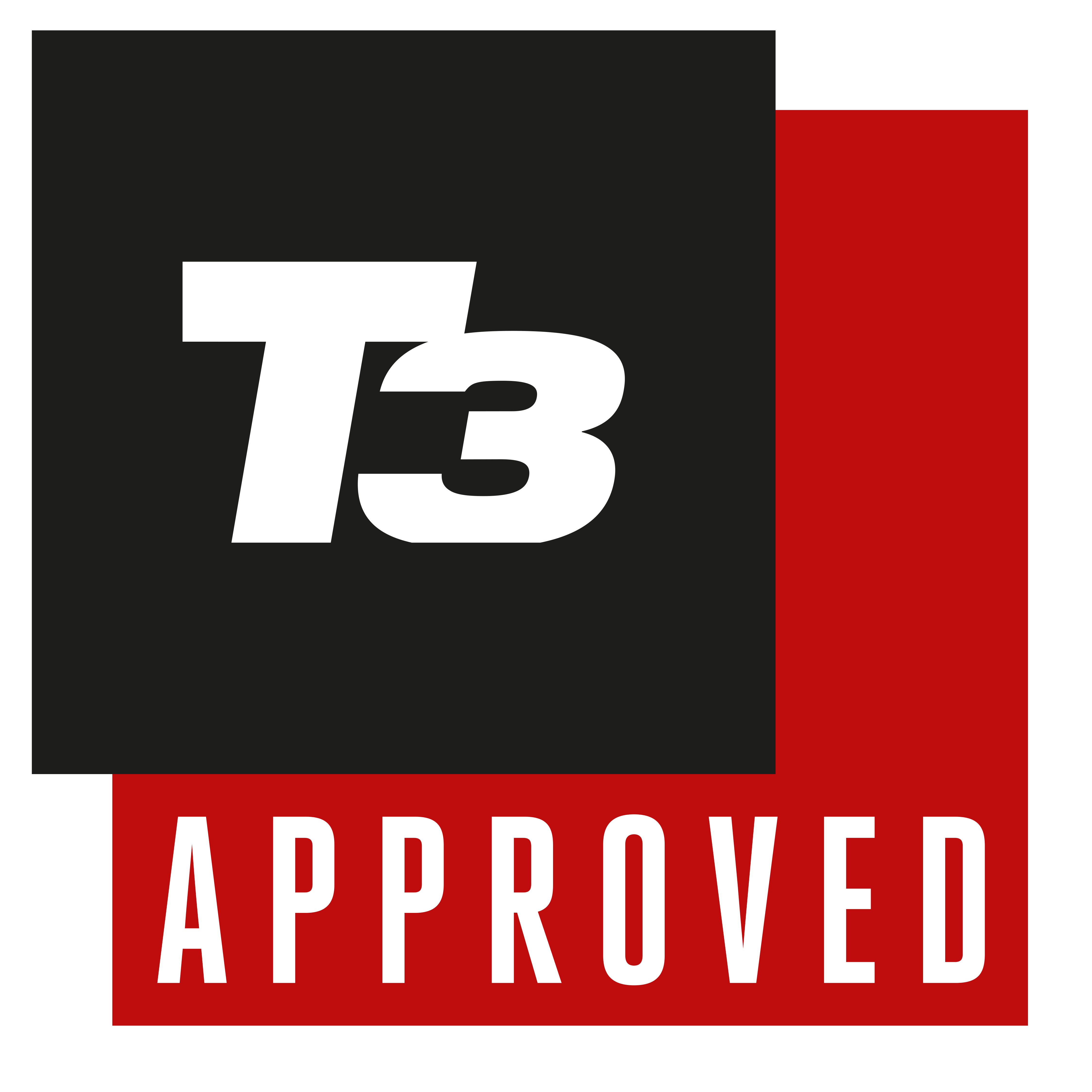
Specifications
Reasons to buy
Reasons to avoid
If mapping is your priority, the Garmin GPSMAP 65s could be the best hiking GPS for you. While this option has a shorter feature list than others in our ranking – most notably, it lacks communications features and is powered by batteries rather than being rechargeable – it shines when it comes to pure mapping power. With an additional altimeter and 3-axis compass over the standard model, the 65s pairs old-school button operation with new-school pan-global mapping abilities.
The TopoActive Europe maps are detailed and easily zoomable to immediately show you where you are, what that river or contour line you can see is, and where your destination is. Basically, exactly what you want from a GPS unit. IPX7 waterproofing means this GPS will work underwater (for 30 mins at least), so it should cope just fine with unpredictable weather.
Read our full Garmin GPSMAP 65s review.
Best budget
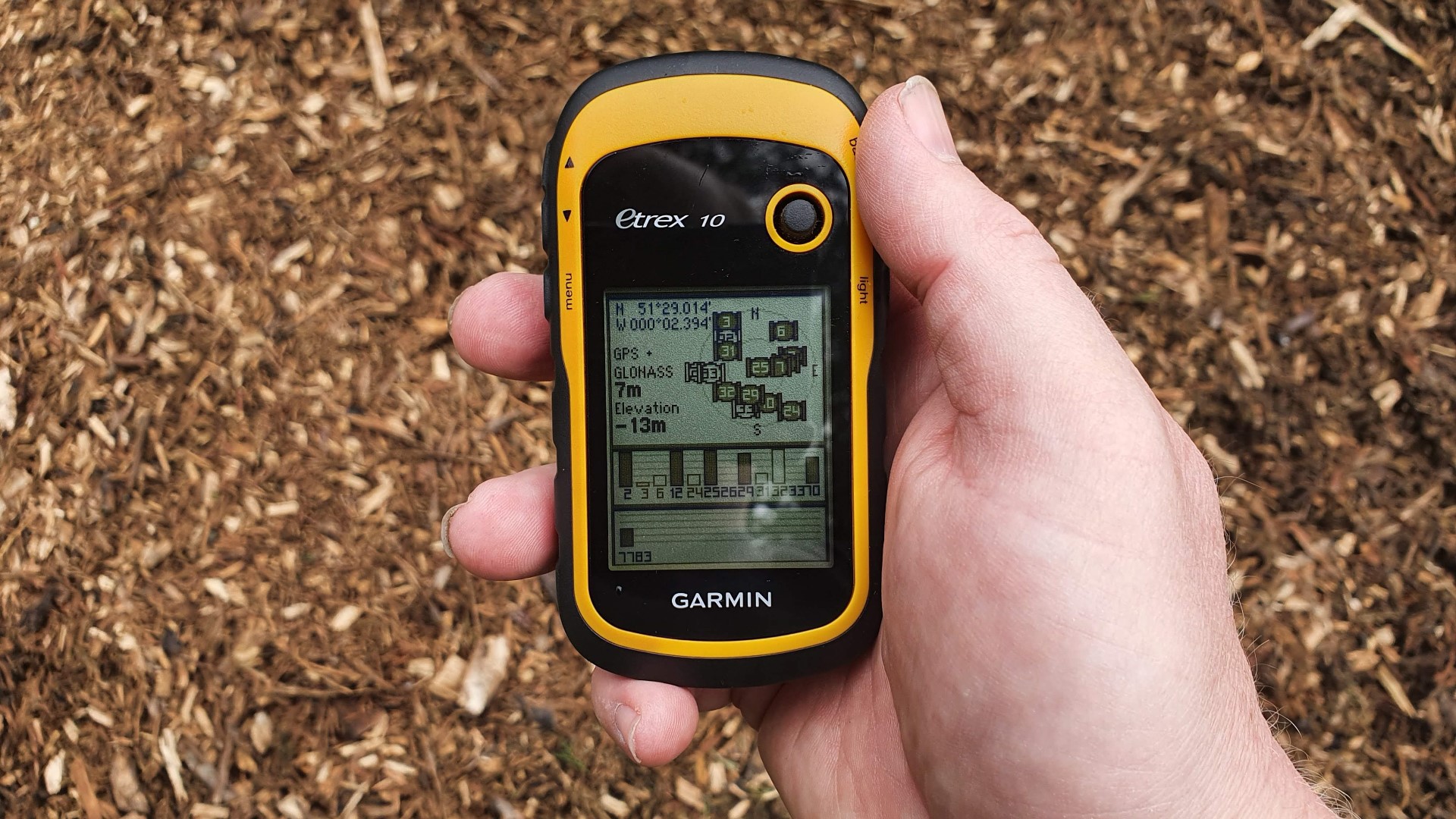

Specifications
Reasons to buy
Reasons to avoid
If you're on a tight budget, the best hiking GPS for you is the modestly priced Garmin eTrex 10 GPS. Don't expect lots of bells and whistles for your money, but don't expect it to be cheap nonsense either: it's sturdy, water-resistant (IPX7) and gets an impressive 25 hours from a pair of AA batteries. The 128 x 160mm screen is clear, and the buttons are easy to use one-handed. The E-Trex 10 GPS is compatible with Garmin Connect and Garmin Basecamp. It enables you to store 1,000 waypoints/favourites and 50 routes; it can track 10,000 points and save up to 100 tracks. However, you can't load additional mapping, and it lacks an SD card slot for expanding the memory.
Read our full Garmin eTrex 10 review.
Best high-end
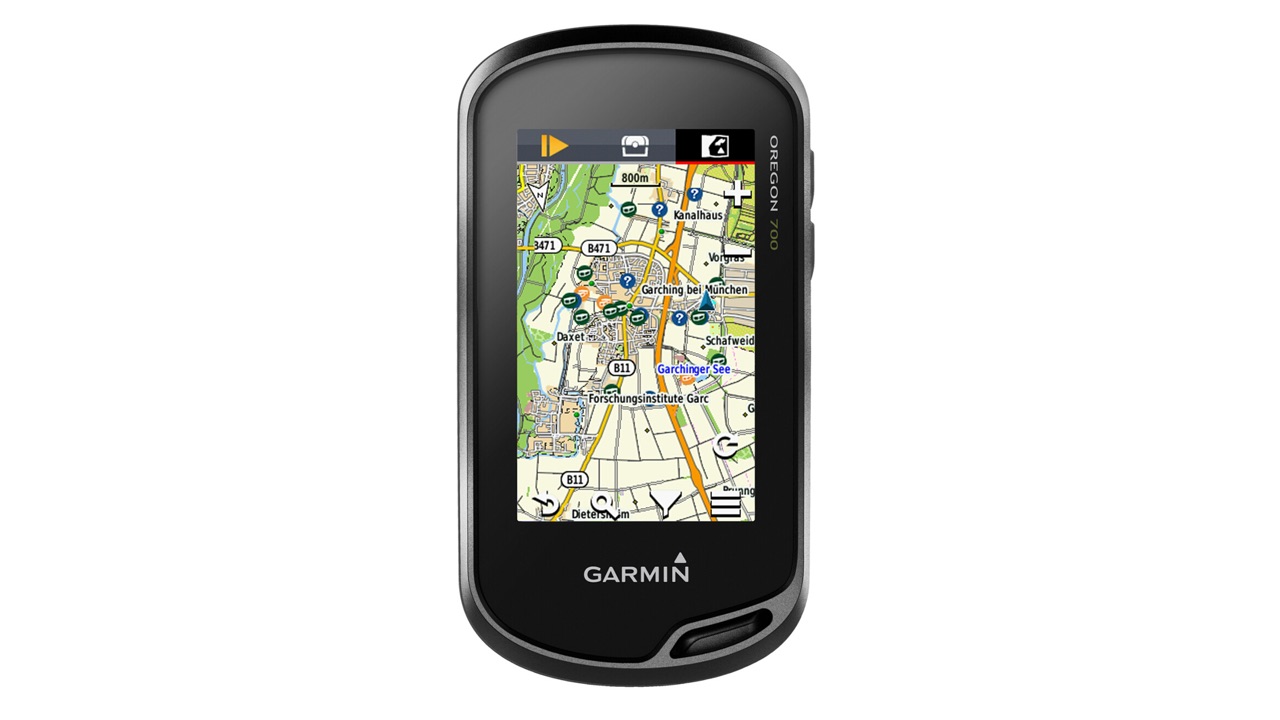

4. Garmin Oregon 700
Specifications
Reasons to buy
The Oregon 700 is the successor to the much-loved but now discontinued Garmin Oregon 650T, which expert testers described as the most wide-ranging hiking GPS receiver on the market. The newer version retains the impressively durable, sunlight-readable touch screen and useful camera, has a redesigned antenna for better reception and has expanded wireless connectivity with support for Active Weather and Geocaching Live. There's also a year's free subscription to BirdsEye satellite imagery. Unlike many handheld GPSs, here you have the option of running the Oregon on twin AAs, or using a rechargeable battery pack. Being able to swap the pack out for a pair of AAs is good for peace of mind on longer hikes, while those trying to cut down on disposable battery use will appreciate the option to recharge.
Best for satellite communication
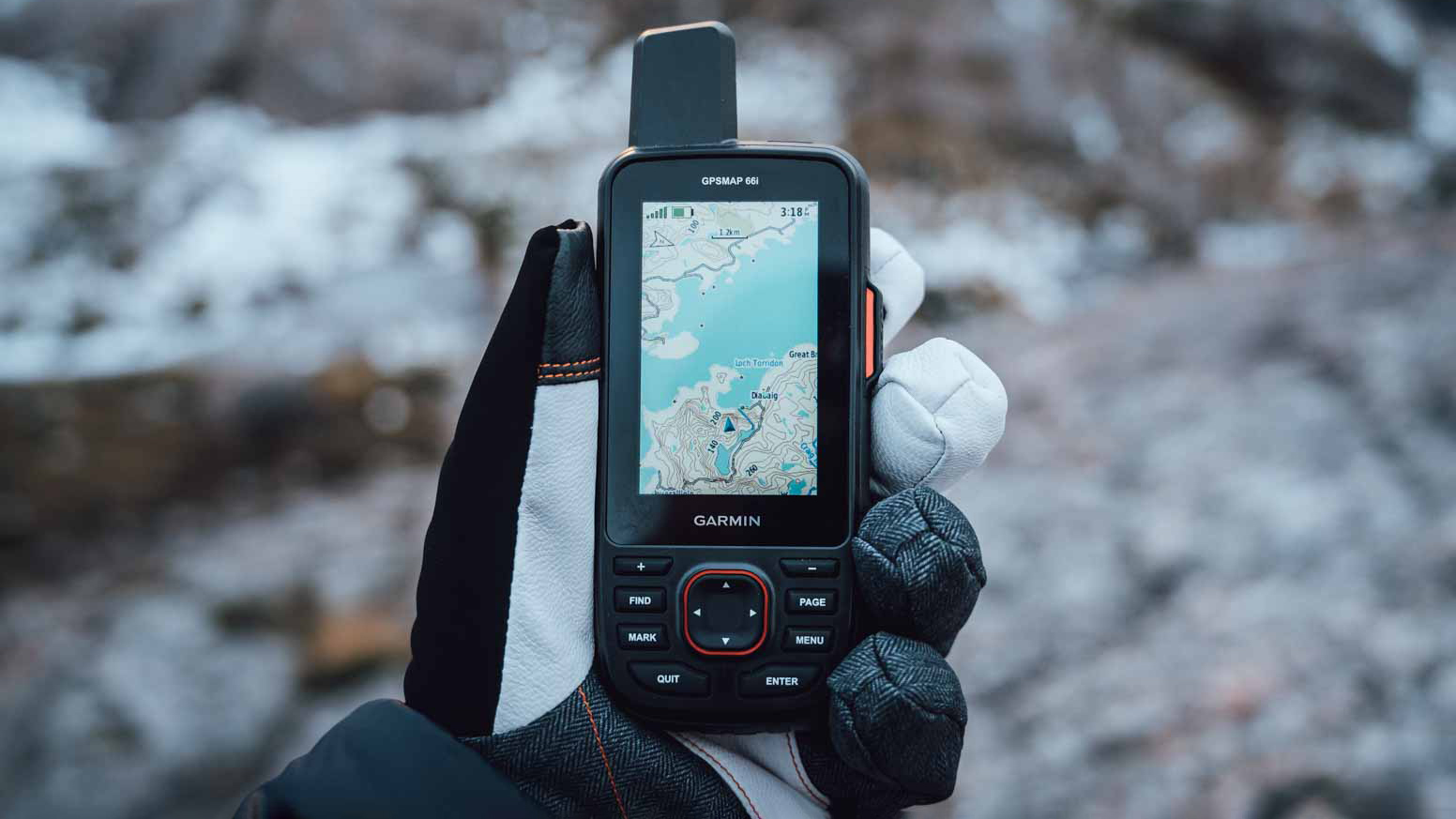
Specifications
Reasons to buy
Reasons to avoid
The Garmin GPSMAP 66i is designed for serious adventurers who venture into remote and challenging terrains. It offers a comprehensive set of features, including detailed navigation with photo-realistic maps and inReach satellite communication for messaging when off-grid.
Despite its impressive capabilities, the GPSMAP 66i has some drawbacks that may not make it suitable for everyone. Its relatively bulky size and complex interface might be overwhelming for casual users or those who prefer simpler devices.
Furthermore, the subscription costs associated with accessing certain features, such as inReach messaging, could be a deterrent for some, especially if they don't plan to use these features frequently.
That said, the GPSMAP 66i is an invaluable companion for adventurers who prioritise functionality and reliability over simplicity and cost. Its durability, extensive features, and long battery life make it well-suited for demanding outdoor environments.
Read our full Garmin GPSMAP 66i review.
Best for offline maps
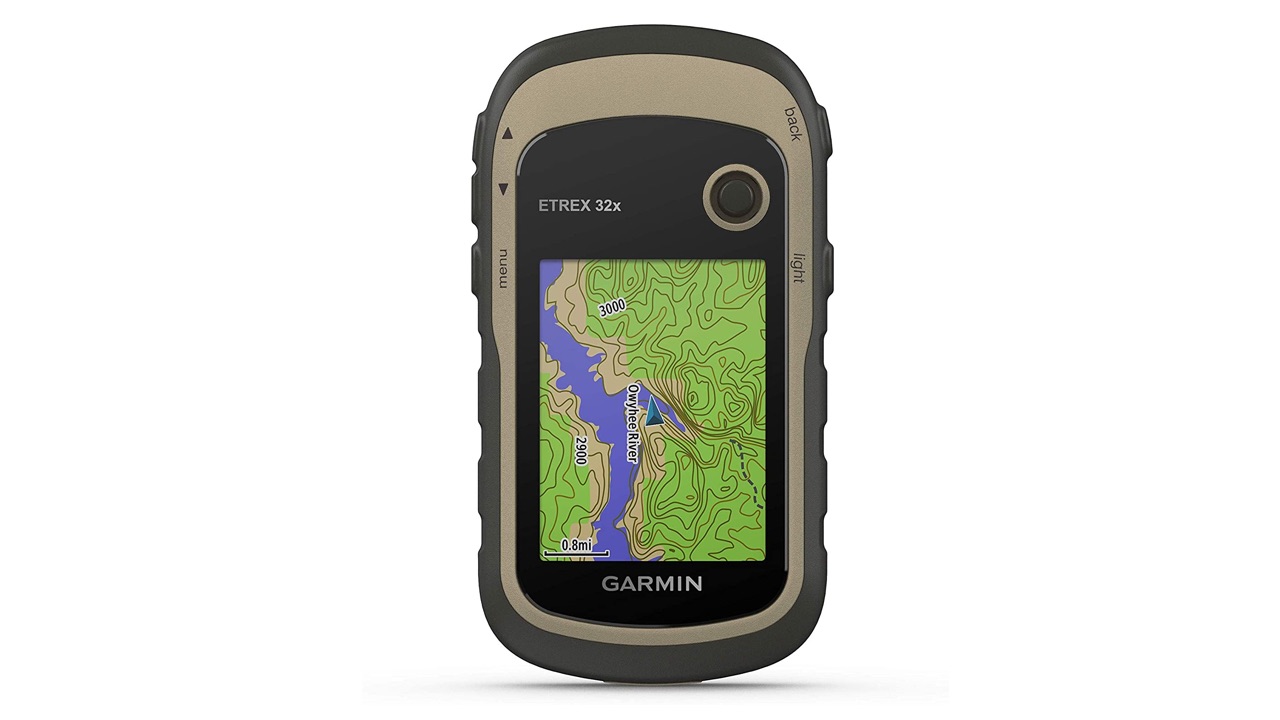

6. Garmin eTrex 32x
Specifications
Reasons to buy
Reasons to avoid
A slightly older model, the eTrex 32x is available as a standalone GPS or as part of a bundle with vouchers for additional maps, and whichever you pick, chances are you'll be able to find a decent deal. The 32X has more memory (although not much of it is available to you because of the very large pre-installed TopoActive map), and the menus are a little different. It supports both GPS and GLONASS, and it has both a magnetic compass for fast direction-finding and a barometric altimeter for accurate measurements of your trail’s ups and downs. Hardware-wise, it’s not exactly a radical upgrade. But it’s the TopoActive map that really matters here.
How to chose the best hiking GPS for you
When selecting the best hiking GPS device, consider the following factors: accuracy, battery life, user interface, mapping capabilities, and durability.
Look for devices equipped with high-sensitivity receivers to ensure reliable signal reception even in challenging environments. Extended battery performance is essential for prolonged outdoor adventures, so opt for models with long-lasting power.
A user-friendly interface is vital for ease of navigation, especially when you're out on the trails. Choose GPS units with intuitive interfaces that allow for seamless operation and quick access to essential functions. Detailed mapping capabilities are also crucial for effective route planning and navigation, so ensure that the device provides comprehensive mapping options.
Durability is another critical aspect to consider, particularly for outdoor use. Look for GPS units with rugged designs built to withstand the rigours of hiking and outdoor activities. Additionally, explore any extra features or functionalities offered by the device, such as wireless connectivity or compatibility with other accessories.
How we test the best hiking GPS
We test the accuracy of location tracking under various conditions, including dense foliage and rugged terrain. We test the devices' satellite reception capabilities to verify their ability to maintain a consistent signal lock.
We also assess the devices' endurance during extended outdoor excursions, ensuring they provide reliable power throughout the journey. We evaluate the user interface to see how intuitive and easy it is to navigate.
We examine the mapping capabilities of the device, assessing the detail and accuracy of the maps provided. Durability is also a key consideration, as we subject the devices to rugged conditions to assess their resilience and robustness.
FAQ
Can you use Garmin GPS without subscription?
Yes, Garmin GPS devices can be used without a subscription. They come preloaded with basic maps and navigation features that can be used without any additional fees. However, some advanced features like live traffic updates, weather forecasts, and map updates may require a subscription or additional purchases.
Is a hiking GPS better than a GPS watch?
A hiking GPS boasts larger screens, longer battery life, and advanced mapping, perfect for detailed route planning and navigating rough terrain, albeit bulkier. Conversely, GPS watches are compact, lightweight, suitable for simpler tasks, but with limited battery and smaller screens. Choice depends on navigation needs and device preferences.
Get all the latest news, reviews, deals and buying guides on gorgeous tech, home and active products from the T3 experts

Matt Kollat is a journalist and content creator who works for T3.com and its magazine counterpart as an Active Editor. His areas of expertise include wearables, drones, fitness equipment, nutrition and outdoor gear. He joined T3 in 2019. His byline appears in several publications, including Techradar and Fit&Well, and more. Matt also collaborated with other content creators (e.g. Garage Gym Reviews) and judged many awards, such as the European Specialist Sports Nutrition Alliance's ESSNawards. When he isn't working out, running or cycling, you'll find him roaming the countryside and trying out new podcasting and content creation equipment.